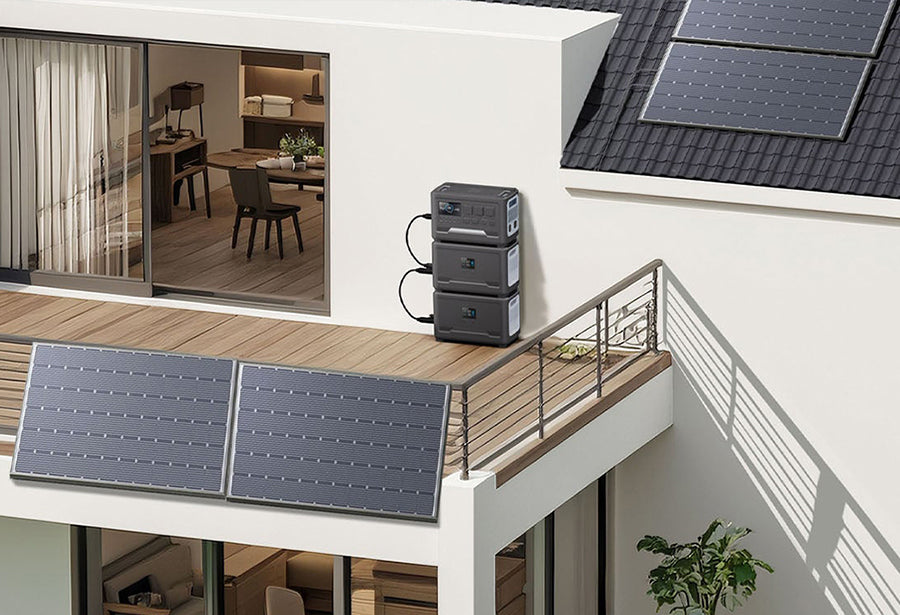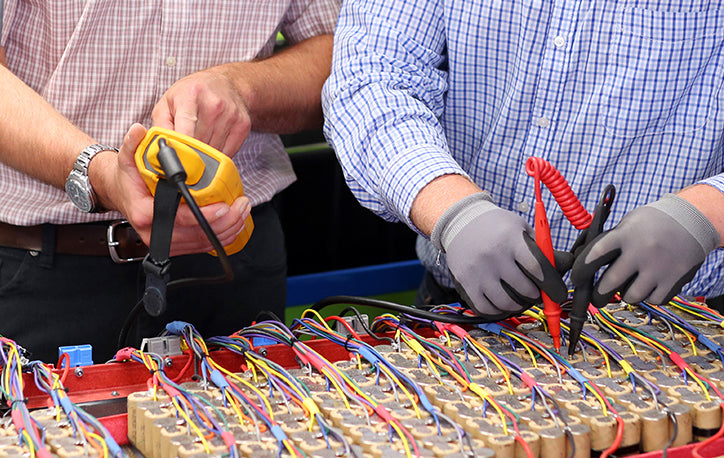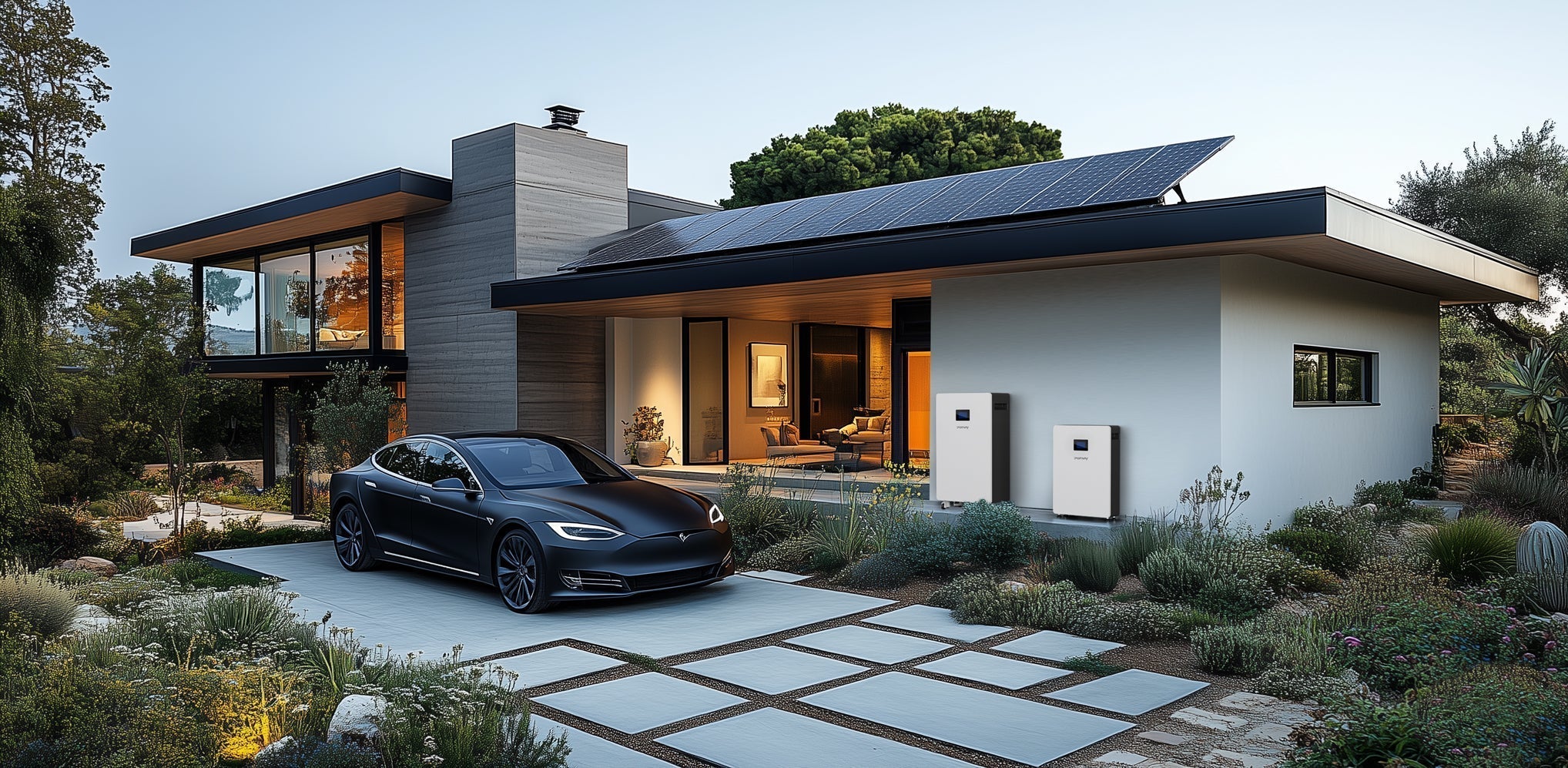As the global energy landscape evolves at lightning speed, energy storage is no longer a supporting player—it’s becoming the backbone of a cleaner, smarter, and more resilient power grid. The energy systems of tomorrow won’t rely on just one solution, but on a diverse ecosystem of storage technologies working in sync.
Here are seven energy storage solutions that are quietly revolutionizing how we capture, store, and use power.
1. Smart Lithium Storage: The Flexible Go-To
Lithium batteries continue to lead the way thanks to their high energy density, fast charging capabilities, and modular design. From home systems to commercial setups and microgrids, lithium storage is the go-to choice for short-term, high-efficiency energy backup.
While lithium tech faces limitations like material sourcing and aging, advancements like solid-state batteries are pushing its performance and safety to the next level.
2. Flow Batteries: Built for Long Duration Power
Flow batteries store energy in liquid electrolytes housed in external tanks, making them ideal for applications needing stable, long-duration discharge—think industrial facilities and large-scale renewables.
Their long cycle life and low risk of thermal runaway make them a strong candidate for future “multi-hour” grid balancing, especially as clean energy integration continues to grow.
3. Pumped Hydro: Terrain-Powered Energy Reserves
Using gravity and elevation, pumped hydro stores energy by moving water uphill during low demand and releasing it through turbines when electricity is needed. It’s one of the oldest and most powerful ways to balance the grid at scale.
Though location-dependent, its ability to store gigawatt-hours of power for days makes it a cornerstone of large-scale renewable energy infrastructure.
4. Thermal Energy Storage: More Than Just Electricity
Thermal energy storage (TES) captures heat or cold and stores it for later use, making it a key tool in industrial processes and building systems.
From molten salt in concentrated solar power (CSP) plants to ice-based cooling systems in urban buildings, TES reduces energy costs by shifting consumption away from peak hours—proving that energy efficiency doesn’t always mean storing electricity.
5. Compressed Air Energy Storage (CAES): Underground Potential
CAES works by storing compressed air in underground caverns during low-demand hours and releasing it to generate power when demand peaks. It’s scalable, efficient, and particularly suited for storing excess wind or solar energy over longer periods.
With new interest in reusing abandoned mines and underground spaces, CAES is becoming a practical option for grid-scale storage.
6. Hydrogen Storage: The Energy Molecule of the Future
Hydrogen storage converts surplus electricity into hydrogen via electrolysis. That hydrogen can be stored, transported, and later used in fuel cells or as a clean fuel source for industry and transport.
Hydrogen offers long-term, high-volume storage potential—perfect for seasonal balancing—and is poised to become a crucial player in the transition to a zero-carbon economy.
7. Gravity-Based Storage: Using Height to Store Power
This innovative solution uses surplus energy to lift heavy weights and stores that energy as potential energy. When needed, the weights are lowered, turning that motion back into electricity.
It’s like pumped hydro—but without the water. That makes it more flexible for deployment in places where water resources are limited or terrain is a challenge.
Building a Future of Hybrid Storage Systems
Each storage technology brings its own strengths to the table:
-
Need rapid response? Go with lithium.
-
Looking for multi-hour discharge? Flow batteries shine.
-
Managing grid-scale capacity? Pumped hydro and CAES deliver.
-
Storing for months or seasons? Hydrogen could be the key.
-
Working with space or budget constraints? Gravity storage might surprise you.
The future of energy storage is all about coordination, flexibility, and resilience. It’s not just about storing power—it’s about reimagining how energy flows in a renewable-powered world.









